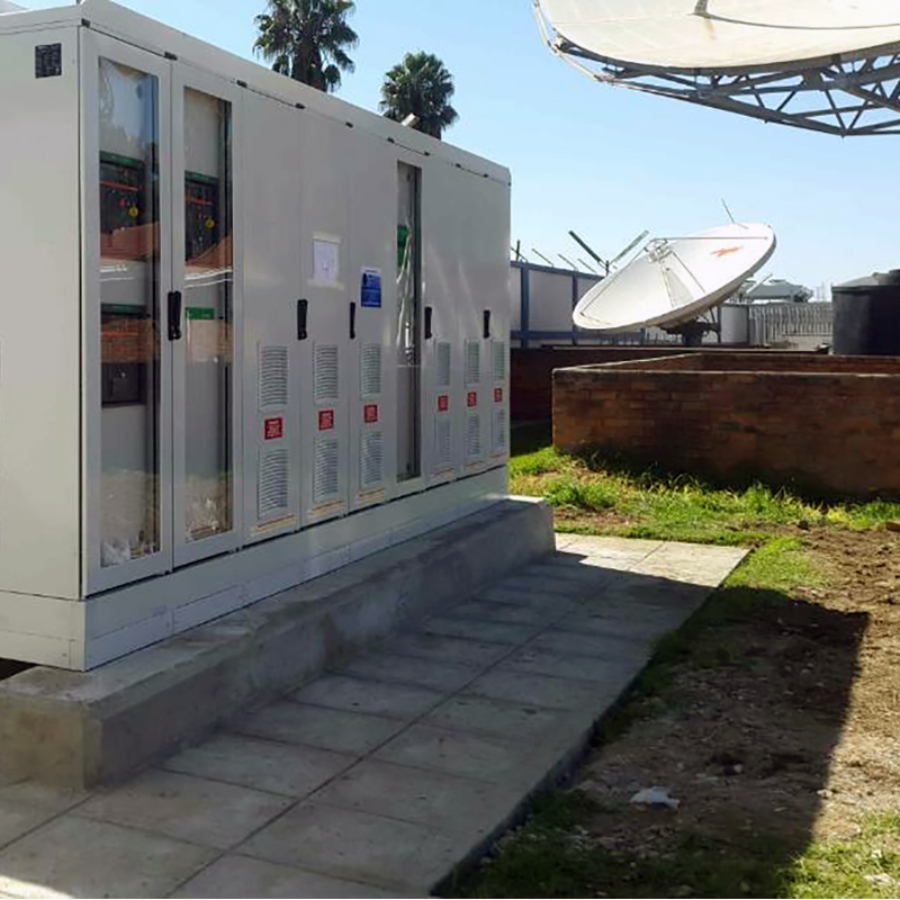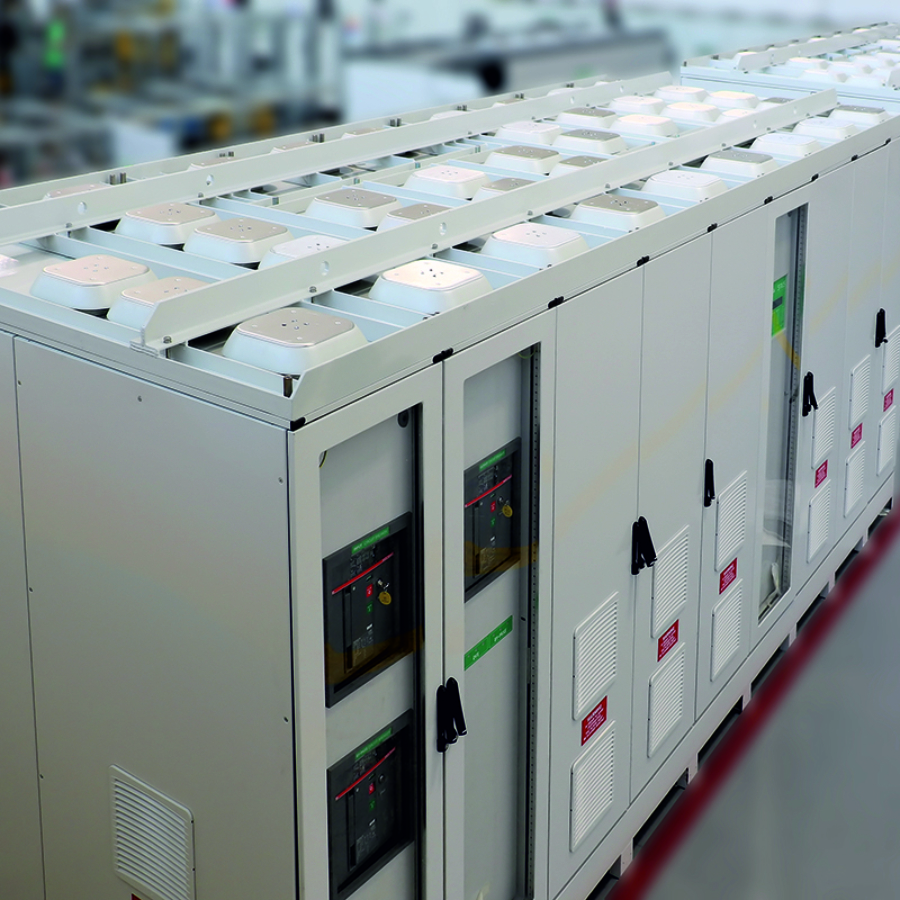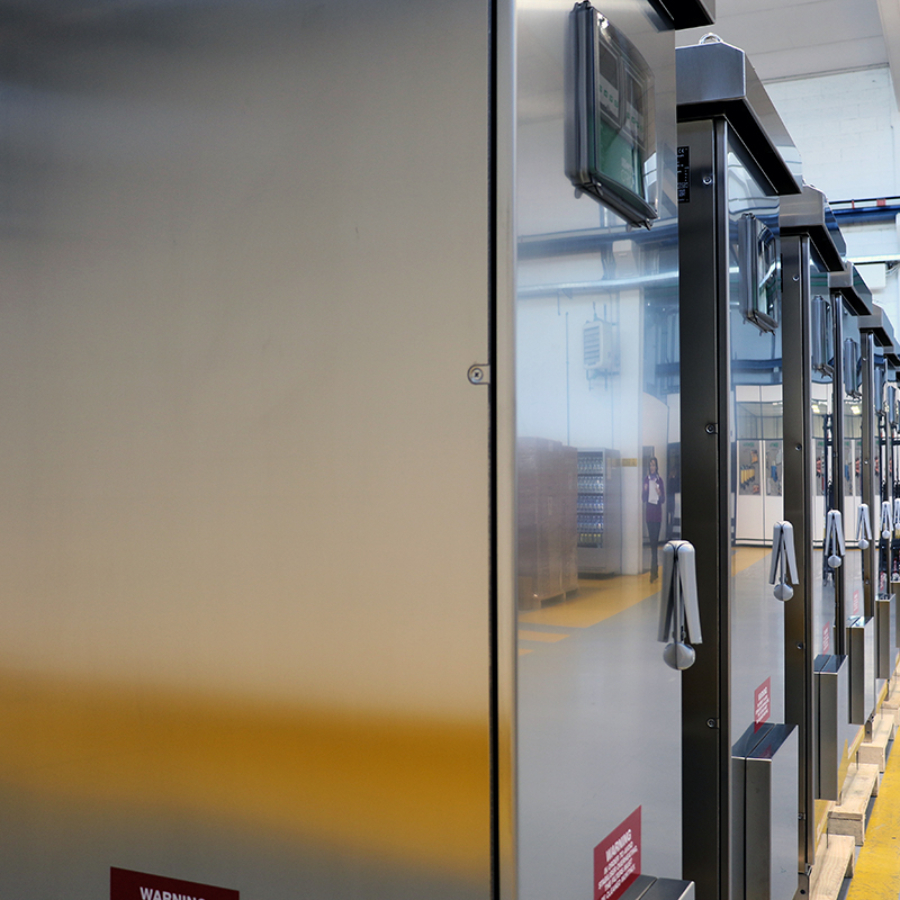VOLTAGE STABILISER SELECTION CRITERIA
Number of phases
The number of phases of a stabiliser depends on the nature of the loads:
- for single-phase load: single-phase stabiliser
- combination of several single-phase loads on the same line: three-phase stabiliser or one single-phase stabiliser for each load
- for three-phase load: choose a three-phase stabiliser
Rated voltage
Since, internationally, rated voltages vary, it is important to measure the input and output rated voltages of the stabilizer. In three-phase systems, provide the concatenated value of the voltages. The standard three-phase models can operate with a rated voltage of 380V-400V-415V (50Hz) or 440V-460V-480V (60Hz).
Input variation amplitude
This is a key piece of data for choosing and sizing the stabilizer. The amount of input voltage oscillation needs to be identified, keeping a safety margin on this percentage. If, for example, voltage variations of ±16% on the rated voltage are measured, a stabilizer sized for ±20% variations should be chosen. Attention to the following rule: if the input variation exceeds the pre-established one, the difference in excess is added to the output precision. For example, if a stabilizer sized for ±15% receives a variation of +20%, the precision of the output voltage will no longer be ±0.5% but ±5.5%.
Type of adjustment
The standard three-phase voltage stabilisers are produced with independent phase control. The stabilizer must be connected to the neutral of the power line. In the absence of a line neutral, it is possible, upon request, to equip the machine with a special accessory.
Technology
In the majority of applications, the electro-mechanical voltage stabiliser is a reliable and safe tool. If high intervention speed is requested (in the order of milliseconds), it is better to choose the solution with adjustment via IGBT static circuit breakers.
Rated power
All the stabilisers are sized for the maximum input current. We advise, in any case, to keep a safety margin for any future increases. The power of the stabiliser is expressed in kVA, while the power of the load is normally expressed in kW.
Please take into account that the link between these two measurement units is provided by the power factor (cosφ): kVA = kW / cos φ.
If the power factor and/or the kW power are not easy to determine, measure the absorbed currents and, taking into account the following formulas, correctly size the stabiliser.
- kVA (single-phase) = Load voltage x Load current.
- kVA (three-phase) = Root of 3 x Concatenated voltage x Load current.










